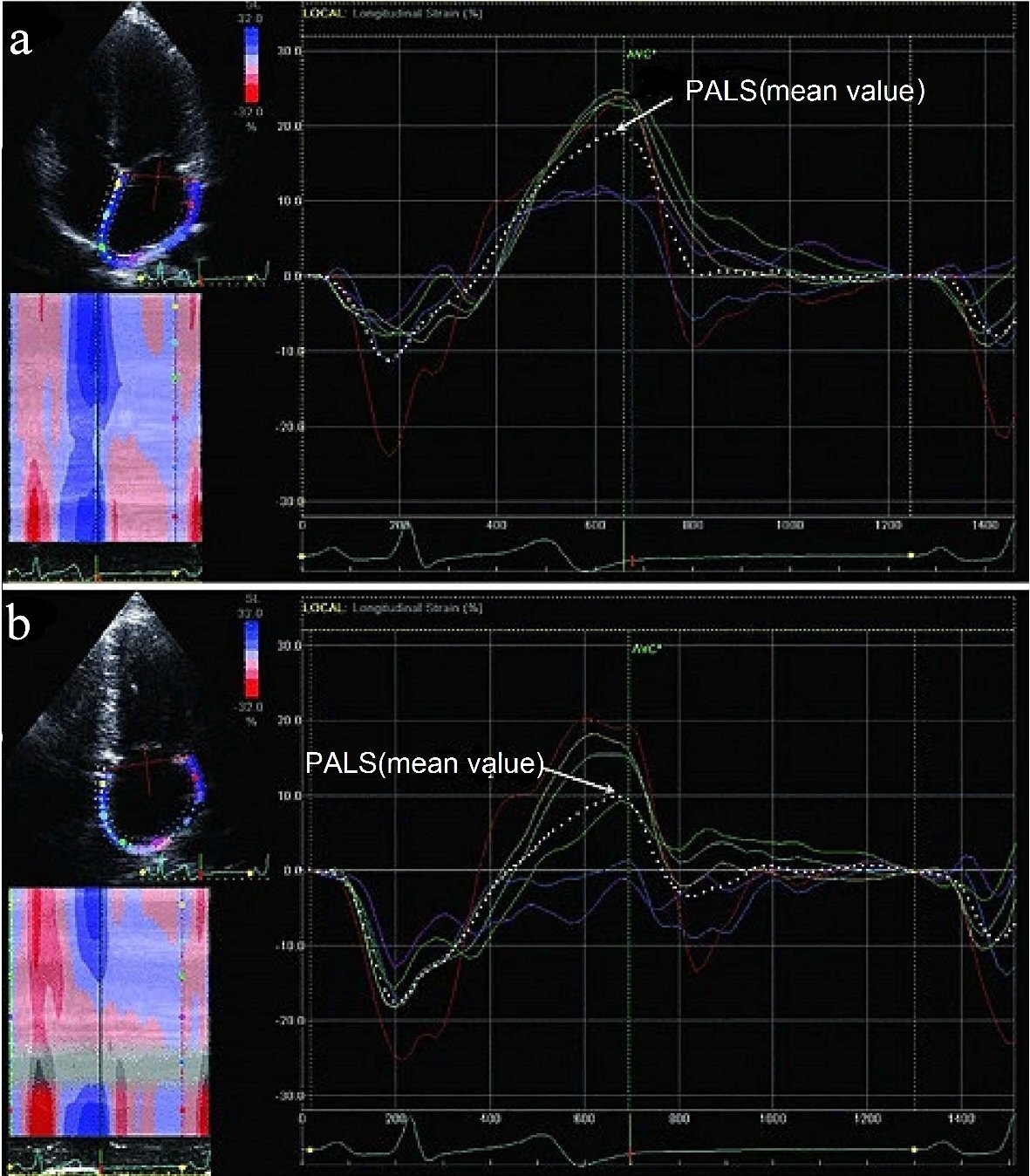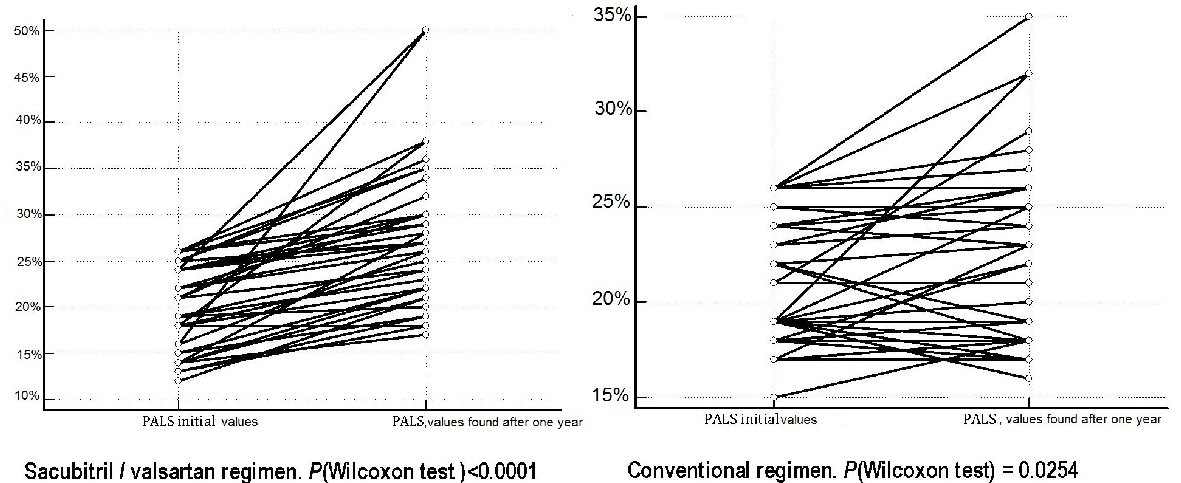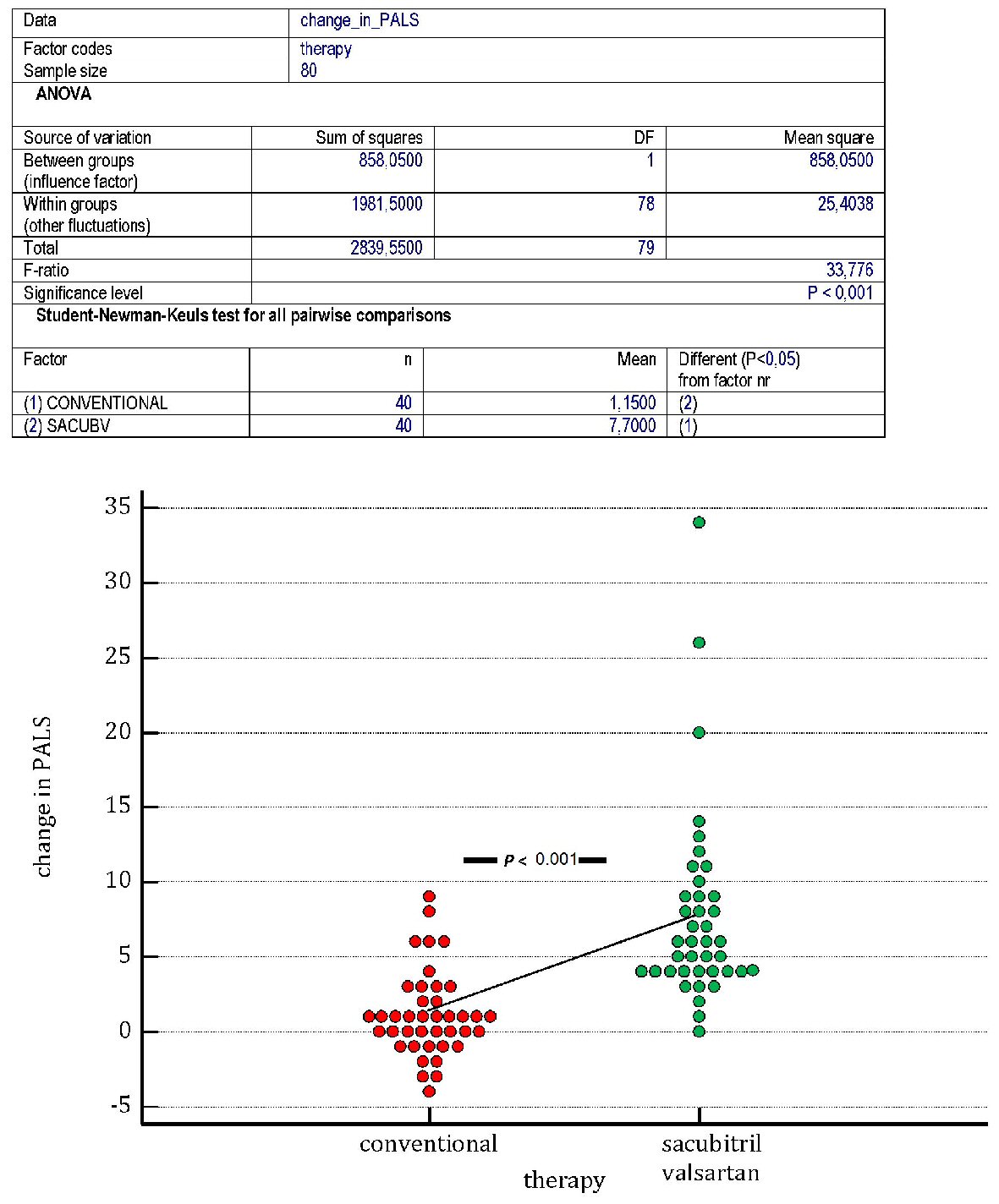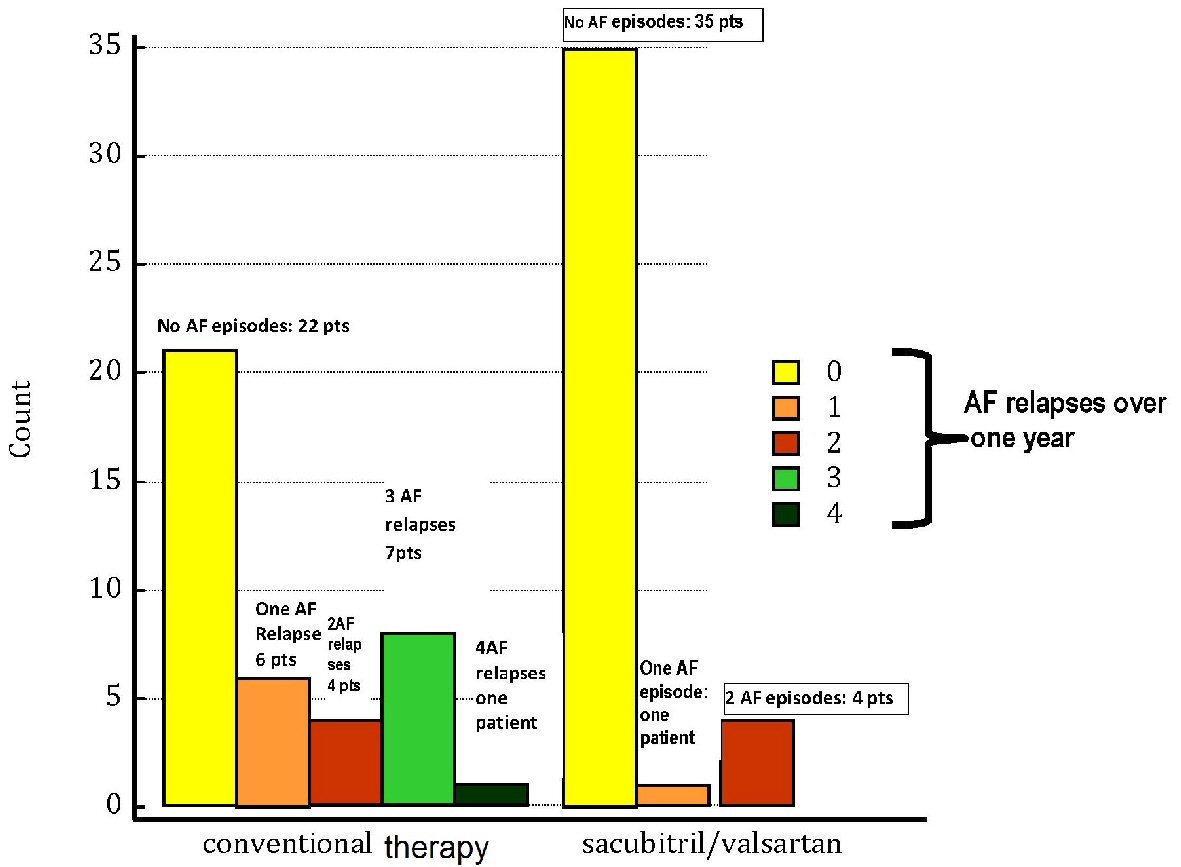| Baseline demographics | | | |
| Age (years, mean ± SD) | 76 ± 5.5 | 75 ± 7.5 | 0.4985 |
| Male sex % (n) | 70% (28) | 67.5% (27) | 1.0000 |
| BMI on admission (kg/m2, mean ± SD) | 28.2 ± 6.87 | 27.2 ± 5 | 0.4589 |
| Heart rate at the first visit (beats/min, mean ± SD) | 90 ± 19 | 85 ± 20 | 0.2552 |
| Heart rate after 6 months (beats/min, mean ± SD) | 64 ± 18 | 80 ± 20 | 0.0003 |
| SBP at the first visit (mm Hg, mean ± SD) | 115 ± 26 | 125 ± 30 | 0.1152 |
| SBP after 6 months (mm Hg, mean ± SD) | 110 ± 21 | 115 ± 18 | 0.2564 |
| Comorbidities | | | |
| Ischemic etiology of HF, % (n) | 45% (18) | 45% (18) | 0.8222 |
| Valvular etiology of HF, % (n) | 15% (6) | 17.5% (7) | 1.0000 |
| CMP-induced HF, % (n) | 27.5% (11) | 30% (12) | 1.0000 |
| Other cause of HF, % (n) | 12.5% (5) | 7.5% (3) | 0.7094 |
| CABG, % (n) | 22.5% (9) | 35% (14) | 0.3231 |
| History of hypertension, % (n) | 57.5% (23) | 52.5% (21) | 0.8222 |
| DM on insulin, % (n) | 22.5% (9) | 27.5% (11) | 0.7963 |
| COPD, % (n) | 12.5% (5) | 12.5% (5) | 0.7353 |
| ICD, % (n) | 10% (4) | 10% (4) | 0.7094 |
| Hematochemical variables | | | |
| NT-pro BNP at the first visit (pg/mL, mean ± SD) | 800.84 ± 123 | 756.22 ± 129 | 0.0594 |
| NT-pro BNP after 12 months (pg/mL, mean ± SD) | 290.5 ± 90.1 | 591.47 ± 213.81 | < 0.0001 |
| Serum creatinine (mL/dL, mean ± SD) | 1.46 ± 0.55 | 1.6 ± 0.4 | 0.0981 |
| Serum Na+ at the first visit (mEq/L, mean ± SD) | 136 ± 1.55 | 137 ± 2.5 | 0.0166 |
| Serum Na+ after 12 months (mEq/L, mean ± SD) | 138.5 ± 10 | 138.4 ± 8.6 | 0.9526 |
| Serum K+ at the first visit (mEq/L, mean ± SD) | 4.5 ± 0.6 | 4.7 ± 0.9 | 0.1851 |
| Serum K+ after 12 months (mEq/L, mean ± SD) | 4.8 ± 0.65 | 4.1 ± 0.85 | < 0.0001 |
| Echocardiographic data at the first visit | | | |
| LVEF (%, mean ± SD) | 39.71 ± 4.78 | 38 ± 5.44 | 0.1365 |
| LVESD (mm, mean ± SD) | 58 ± 10 | 59 ± 14 | 0.7142 |
| E/A ratio (mean ± SD) | 3 ± 1.25 | 3.4 ± 1.35 | 0.1731 |
| Deceleration time (ms, mean ± SD) | 136 ± 22 | 145 ± 25 | 0.0914 |



